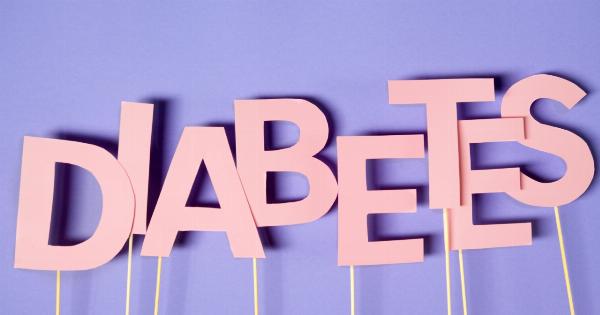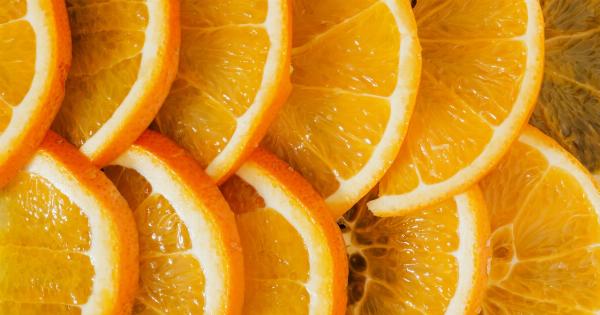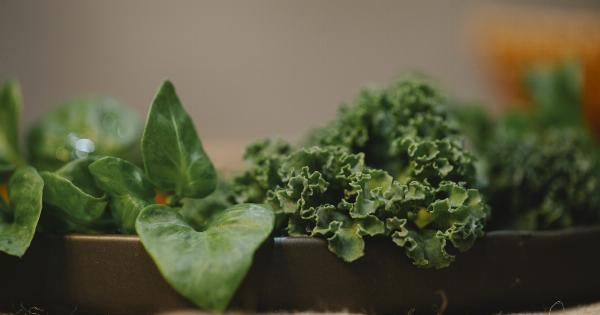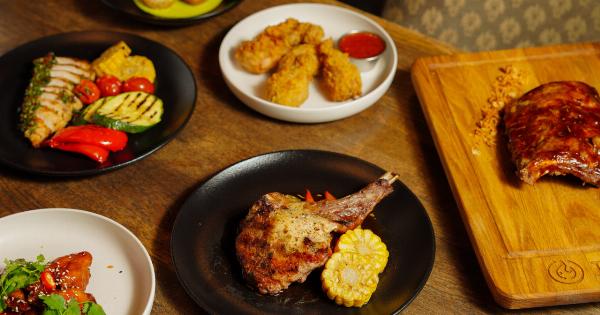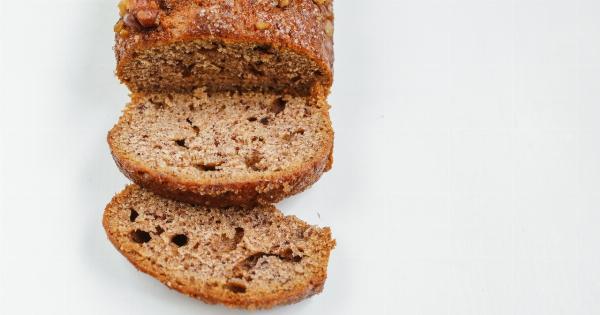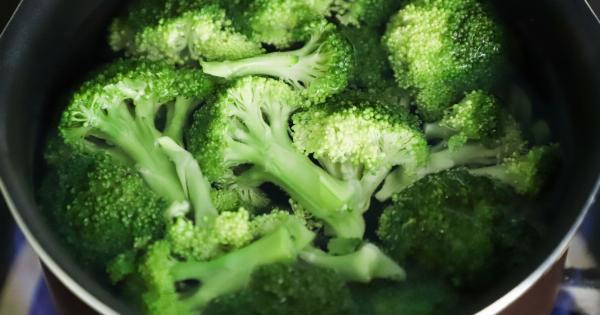Nutrient absorption is the process by which our body breaks down food and extracts the essential nutrients it needs for growth, repair, and overall good health.
When we eat different types of foods, our body absorbs and utilizes the vitamins, minerals, and other components present in those foods.
The importance of efficient nutrient absorption
Efficient nutrient absorption is vital for maintaining a healthy body and preventing nutrient deficiencies. Without proper absorption, even if we consume a balanced diet, our body may not be able to effectively extract and utilize the nutrients.
This can lead to various health issues and nutrient deficiencies, even if we are consuming nutrient-rich foods.
Factors that affect nutrient absorption
Several factors can impact the absorption of nutrients in the body. Some of the key factors include:.
1. Pairing Vitamin C with Iron
Vitamin C enhances the absorption of iron in the body. Iron is an essential mineral required for the production of red blood cells and transporting oxygen throughout the body.
By combining foods rich in vitamin C, such as citrus fruits, berries, or bell peppers with iron-rich foods like spinach, lentils, or red meat, you can increase the absorption of iron.
2. Combining Fat with Fat-Soluble Vitamins
Fat-soluble vitamins, such as vitamins A, D, E, and K, require fat for proper absorption. Including healthy fats like avocado, olive oil, nuts, or seeds in meals that contain these vitamins ensures optimal absorption.
For example, drizzling olive oil on a salad with carrots (rich in vitamin A) or adding sliced avocado to a meal containing vitamin K-rich greens will enhance nutrient absorption.
3. Consume Beta-Carotene with Healthy Fats
Beta-carotene, which is converted into vitamin A in our body, is fat-soluble.
Pairing foods rich in beta-carotene, such as carrots, sweet potatoes, or leafy greens, with a source of healthy fats aids in better absorption of beta-carotene and conversion into vitamin A.
4. Pairing Tomatoes with Healthy Fats
Tomatoes contain the antioxidant lycopene, which is better absorbed in the presence of healthy fats or oils. Cooking tomatoes in olive oil or drizzling some olive oil on fresh tomatoes will increase the absorption of lycopene.
Additionally, including a source of vitamin C along with tomatoes can further enhance its absorption.
5. Vitamins D and K2 with Calcium
Vitamin D and vitamin K2 play crucial roles in calcium absorption and utilization in the body.
Consuming foods rich in these vitamins, such as fatty fish (salmon, sardines), egg yolks, or fermented foods (natto, sauerkraut), along with calcium-rich foods like dairy products, leafy greens, or tofu, promotes optimal calcium absorption and utilization.
6. Plant-Based Iron with Vitamin C
Plant-based sources of iron, known as non-heme iron, are less easily absorbed compared to heme iron found in animal products.
However, consuming non-heme iron sources like legumes, leafy greens, or tofu along with foods high in vitamin C improves iron absorption. Squeezing lemon juice on spinach or adding bell peppers to a chickpea salad are great examples of this combination.
7. Combining Turmeric with Black Pepper
Turmeric contains a compound called curcumin, which is known for its anti-inflammatory properties. However, curcumin is poorly absorbed by the body.
Pairing turmeric with black pepper increases the bioavailability of curcumin, allowing for better absorption and utilization of its beneficial properties.
8. Pairing Spinach with Lemon Juice or Vinegar
Spinach is rich in iron and other minerals, but it also contains compounds called oxalates, which can hinder iron absorption.
However, combining spinach with a source of vitamin C, such as lemon juice or vinegar, can help overcome the inhibitory effects of oxalates and enhance iron absorption.
9. Probiotics with Prebiotics
Probiotics are beneficial bacteria that support a healthy gut microbiome. Prebiotics, on the other hand, are non-digestible fibers that serve as food for probiotics.
Consuming prebiotic-rich foods like garlic, onions, bananas, oats, or asparagus along with probiotic-rich foods like yogurt or kefir can enhance the survival and colonization of beneficial bacteria in the gut.
10. Vitamin C with Green Tea
Green tea contains catechins, which are powerful antioxidants. However, the presence of vitamin C increases the absorption of catechins in the body.
Squeezing some lemon juice into your green tea or enjoying it with a vitamin C-rich fruit can enhance the bioavailability of these beneficial antioxidants.













